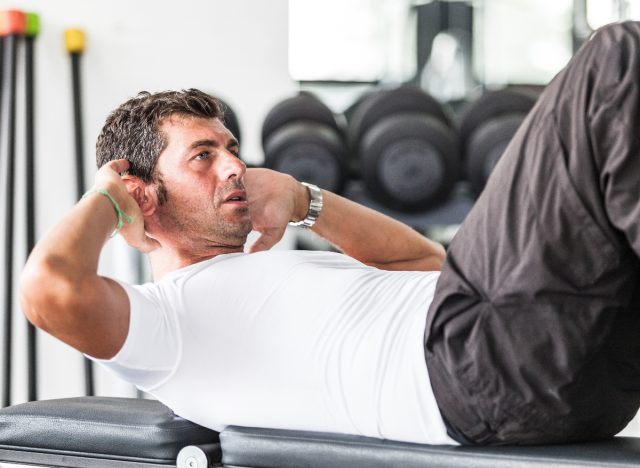Most people think of core strength in terms of six-pack abs, but a strong core is about much more than aesthetics. It’s the foundation for nearly every movement, from standing up straight to lifting heavy weights. A weak core doesn’t just impact your gym performance—it affects your posture, balance, and even how you move through daily life. If your core isn’t pulling its weight, other muscles compensate, leading to poor movement mechanics and a higher risk of injury.
Many people assume their core is strong because they do some crunches or hit a few planks at the end of a workout. The truth is, if your core isn’t functioning correctly, your entire body suffers. Here’s how to tell if your core strength isn’t where it should be—and what to do about it.
Why a Strong Core Matters
Your core isn’t just your abs. An interconnected system of muscles, including the deep stabilizers, obliques, and lower back, creates stability and power. A weak core reduces force transfer, leading to inefficient movement patterns and increased strain on your spine and joints. It also limits your ability to generate strength, leaving potential gains on the table. A strong core supports better posture, reduces injury risk, and improves everything from running to weightlifting.
Ignoring core strength can lead to nagging back pain, balance issues, and a loss of overall athleticism. If you struggle with any of the following, it’s time to rethink your core training.
You Struggle to Maintain Good Posture

What It Means
If your shoulders slump forward and your lower back rounds when sitting or standing for long periods, your core muscles aren’t correctly aligning your spine. Weak deep core muscles allow your body to rely on passive structures like ligaments and bones for support, leading to stiffness and discomfort over time.
How to Improve
Strengthen the deep core stabilizers with exercises like dead bugs, bird-dogs, and plank variations. Focus on maintaining a neutral spine throughout the day, especially when sitting. Avoid excessive reliance on backrests and work on engaging your core when standing or walking.
Your Lower Back Hurts During Workouts

What It Means
Lower back pain during squats, deadlifts, or even planks might be a red flag. It means your core isn’t bracing properly, forcing your lower back to take on more load. Instead of creating stability through the core, your body shifts stress to the lumbar spine.
How to Improve
Prioritize core bracing drills like the McGill Big Three (curl-up, side plank, bird-dog). Before heavy lifts, engage your core by taking a deep breath and bracing as if you’re about to take a punch. Strengthen the anterior core with movements like hanging leg raises and Pallof presses.
You Lose Balance Easily

What It Means
Struggling to stay steady when walking on uneven ground or during single-leg exercises points to weak core stabilizers. The core plays a significant role in balance by keeping the body aligned and resisting unwanted movement. If it’s weak, even small shifts in position throw you off.
How to Improve
To challenge core stability, incorporate unilateral exercises like single-leg Romanian deadlifts and suitcase carries. Train rotational and anti-rotational strength with exercises like landmine presses and resistance band chops.
You Fatigue Quickly During Core Workouts

What It Means
If holding a plank for more than 20 seconds feels like torture or core workouts leave you completely gassed, your endurance is lacking. A strong core should provide sustained stability over long durations, not just short bursts of effort.
How to Improve
Build core endurance with longer-duration exercises like RKC planks and hollow body holds. Gradually increase time under tension and avoid rushing through reps. Strengthen the transverse abdominis with diaphragmatic breathing drills to improve deep core activation.
You Struggle to Generate Power in Other Lifts

What It Means
If your deadlift stalls off the floor, your squat feels unstable, or your overhead press lacks control, your core fails to transfer force efficiently. A weak core creates energy leaks, meaning you can’t apply maximal force where needed.
How to Improve
Train explosive core exercises like med ball slams and rotational throws. Strengthen the posterior chain with heavy carries, front-racked kettlebell marches, and heavy sled drags. Focus on core integration by ensuring bracing is a priority in every compound lift.
Jarrod Nobbe, MA, CSCS








